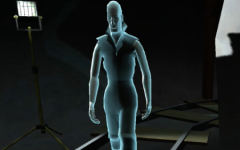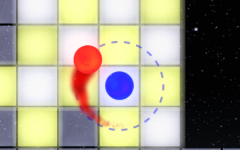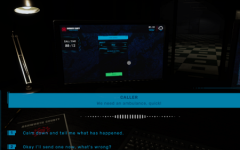Advertisement
REPLAY
Advertisement

Replay starts off like a harmless retro game session. You find an old cartridge on your way home and decide to plug it in out of curiosity. The screen lights up with a pixelated world, complete with a side-scrolling character collecting coins. Controls are simple—A and D to move, spacebar to jump, and your mouse to look around. But as you settle in and begin playing, the room you’re sitting in suddenly feels more important than what’s happening on the TV. Small things catch your attention—shadows shifting, doors creaking, something barely visible out of the corner of your eye. It’s no longer clear if you’re just playing a game or if the game is reacting to you.
Split Between Two Realities
Replay cleverly blends two perspectives. You’re not just navigating a pixelated world on the screen—you’re also inside a quiet, dimly lit room, watching events unfold in real-time. You’ll need to pay attention to both environments. Sometimes the TV flashes an odd message, other times, the silence in your room is broken by unexplained sounds. The mouse becomes your second pair of eyes, allowing you to glance around without pausing the action. What starts as a straightforward arcade platformer becomes something harder to define, drawing you into a layered experience that constantly shifts your focus.
Stay Focused, Or Miss the Signs
Replay doesn’t rely on loud scares or complex mechanics. Instead, it builds discomfort through contrast—between the light-hearted game and the unsettling stillness of your room. The more you play, the more the two spaces seem to overlap. The character on the screen keeps running, but your own sense of security begins to slip. You’ll start to wonder if you’re really alone, or if something has changed while your eyes were on the TV. By the time you realize what’s happening, Replay has already done its job: it made you look over your shoulder without saying a word.






















































































































































